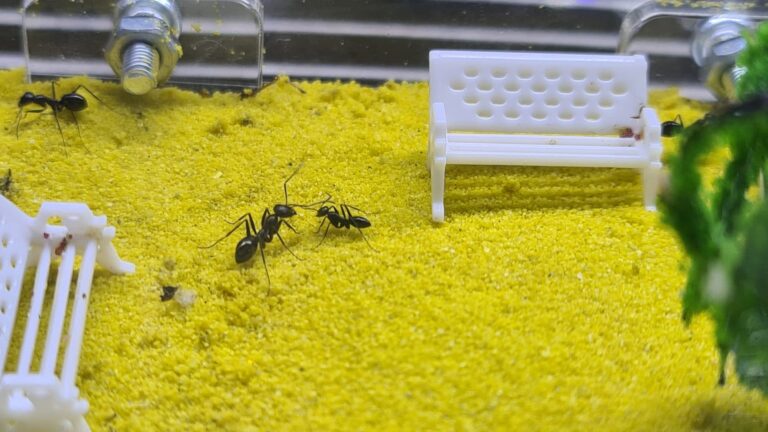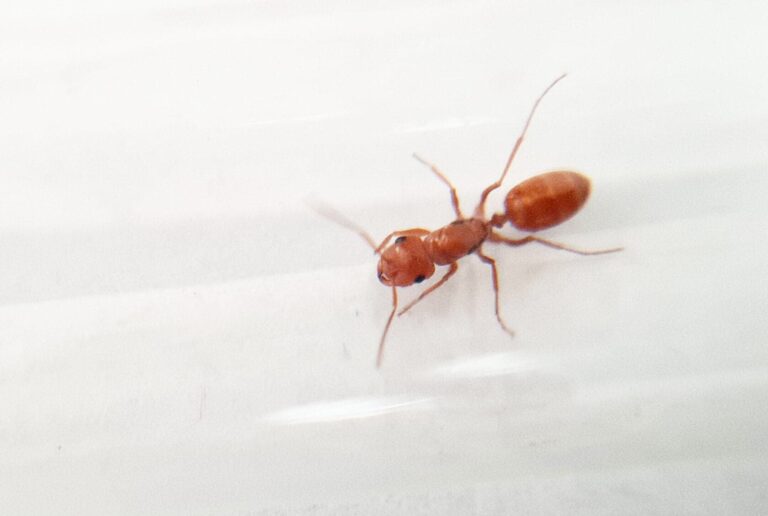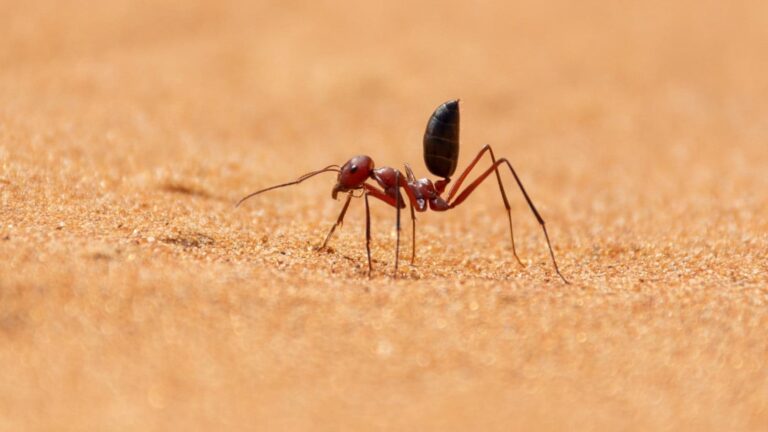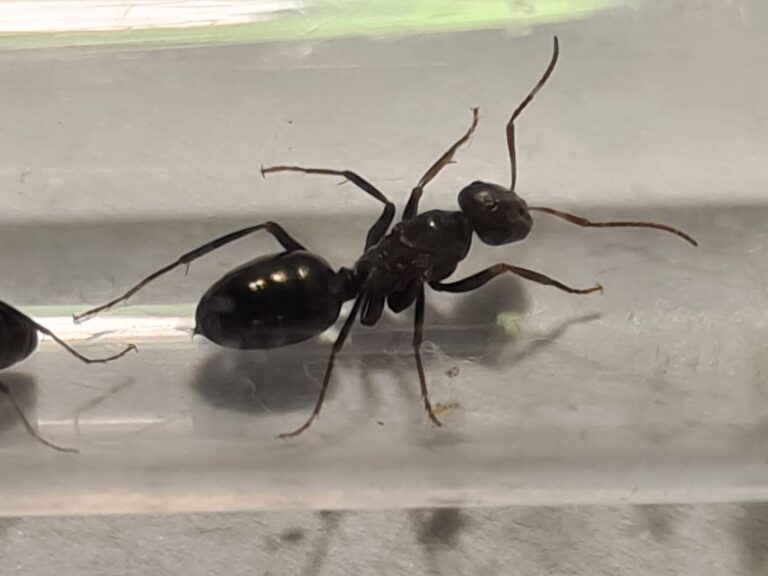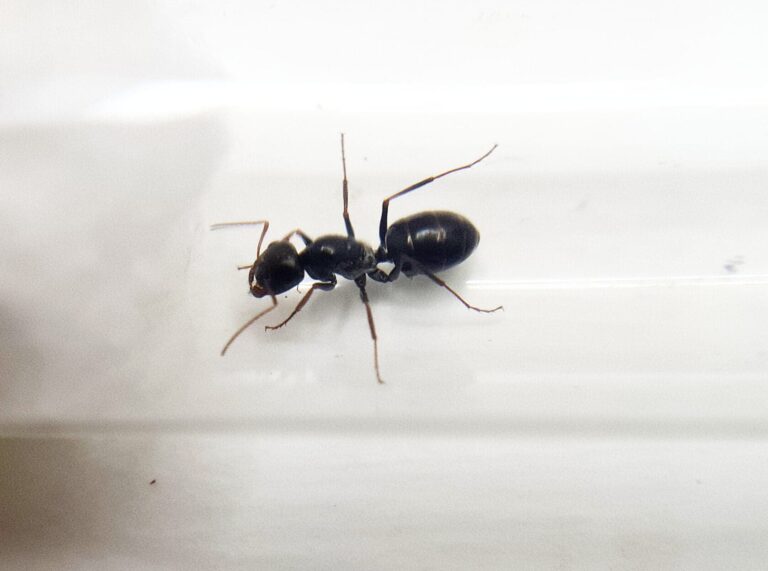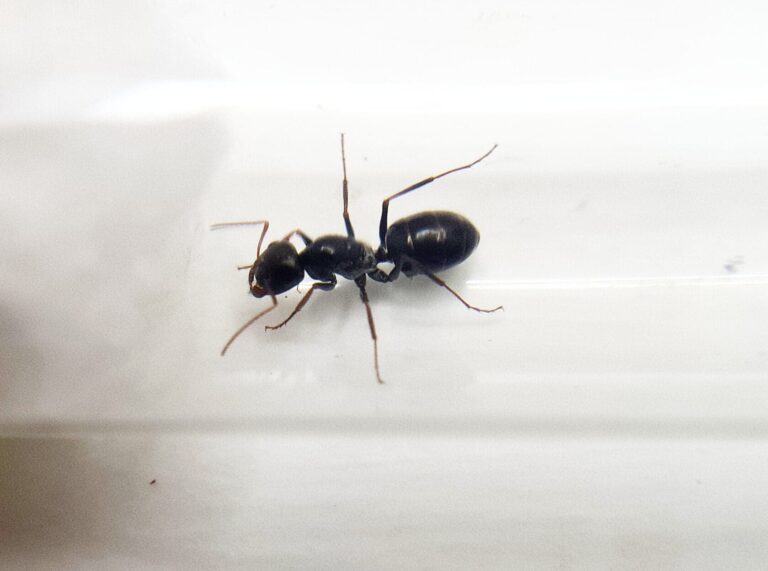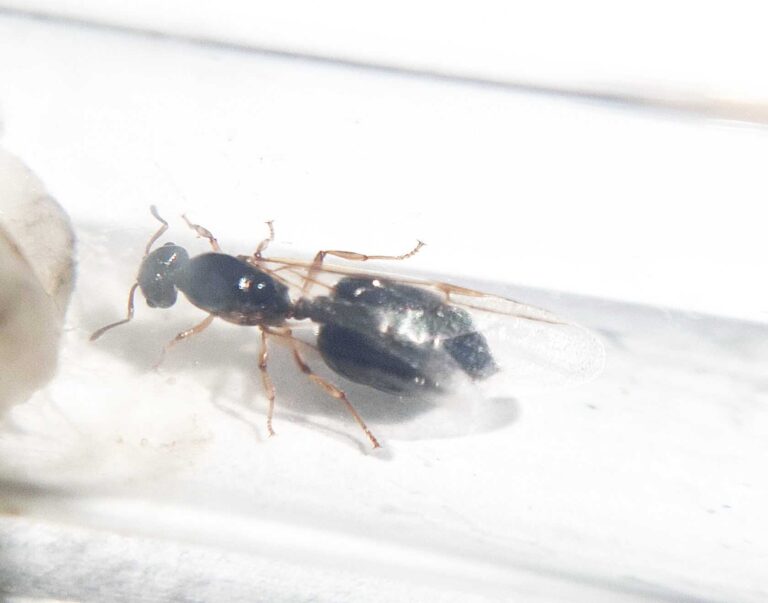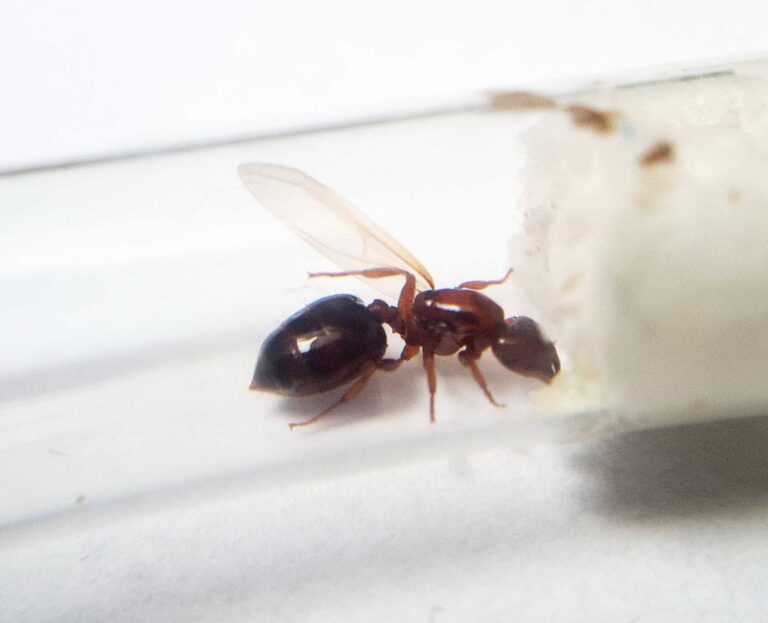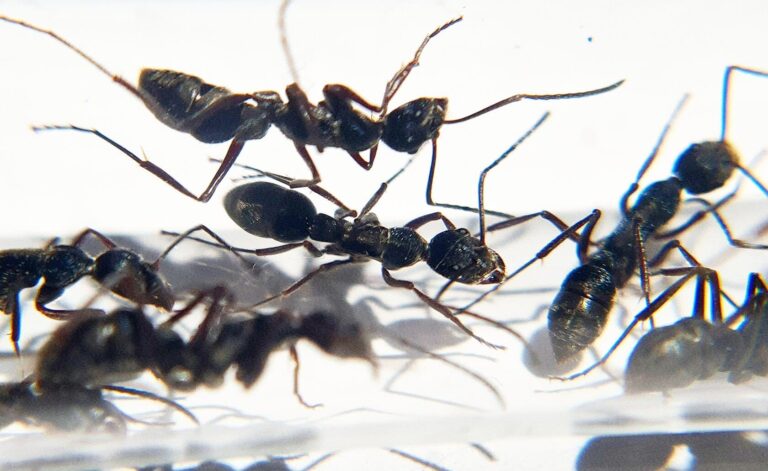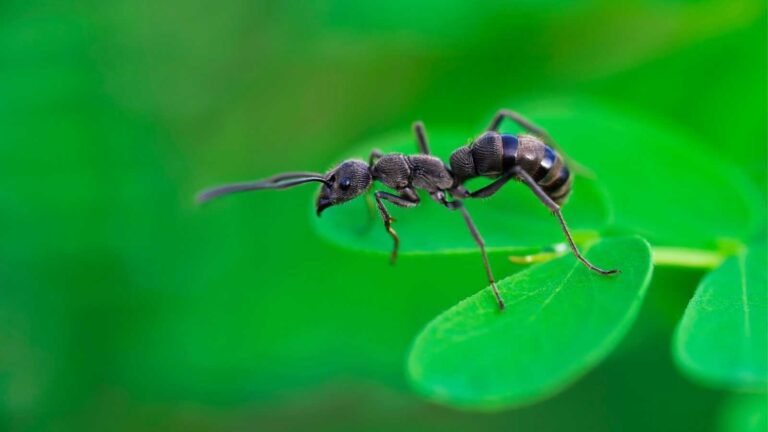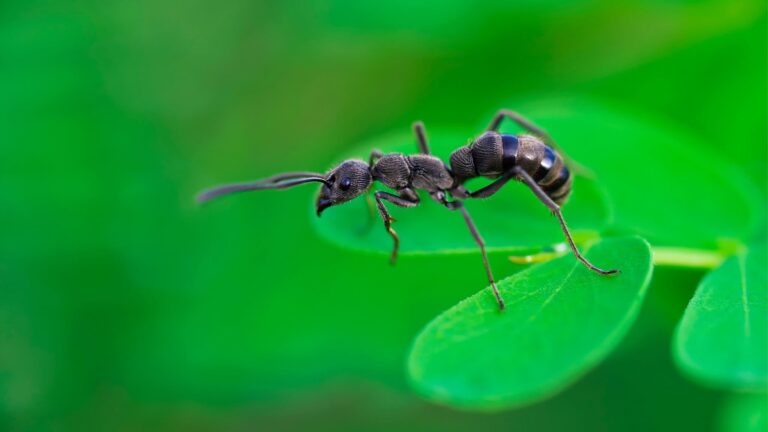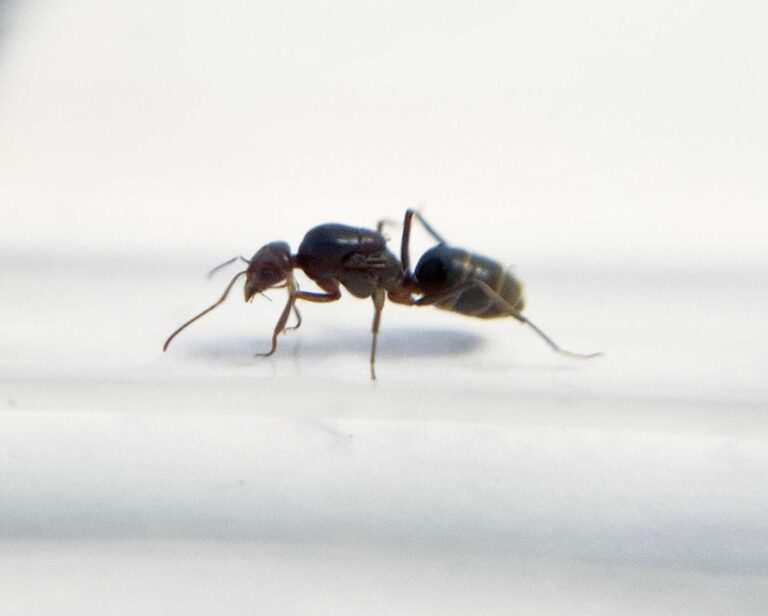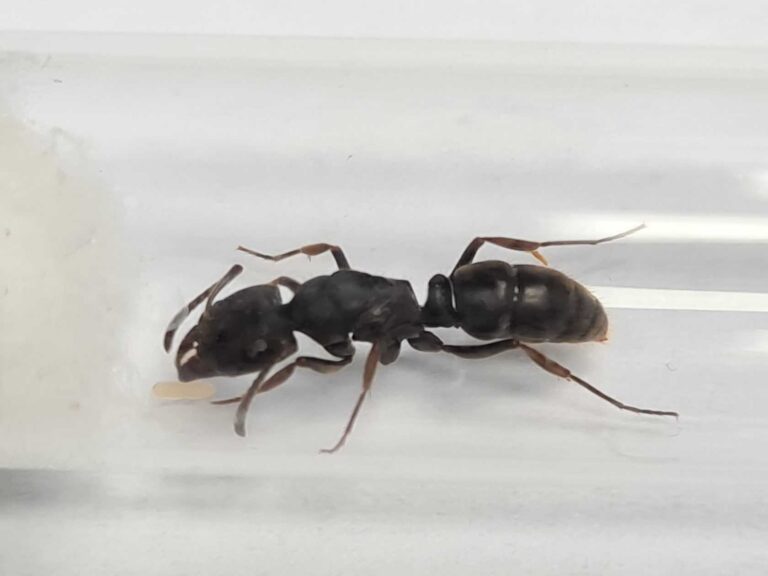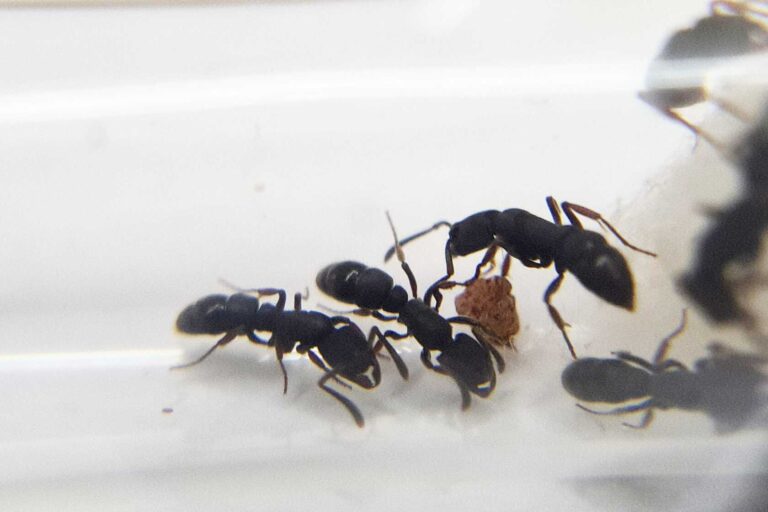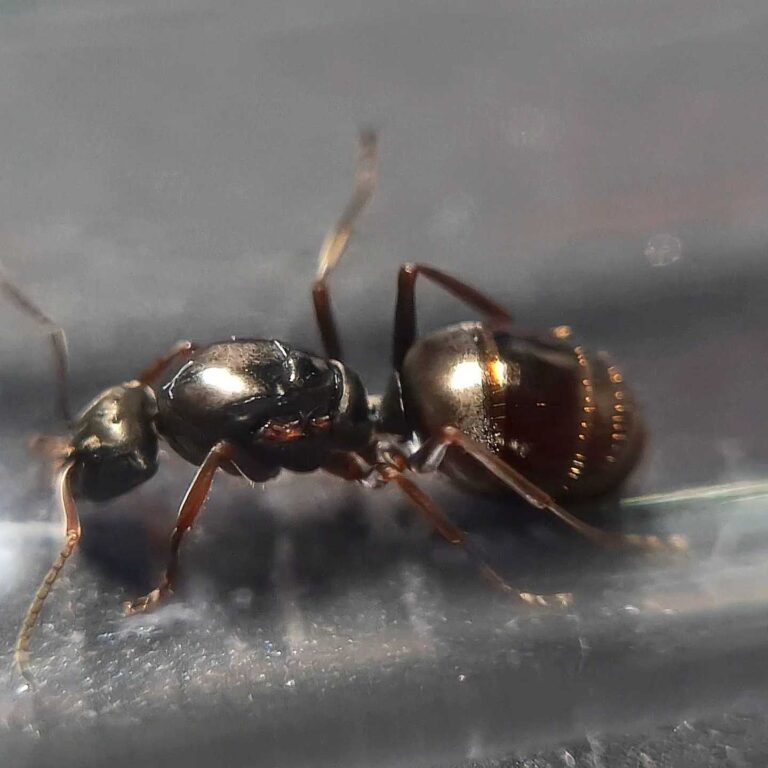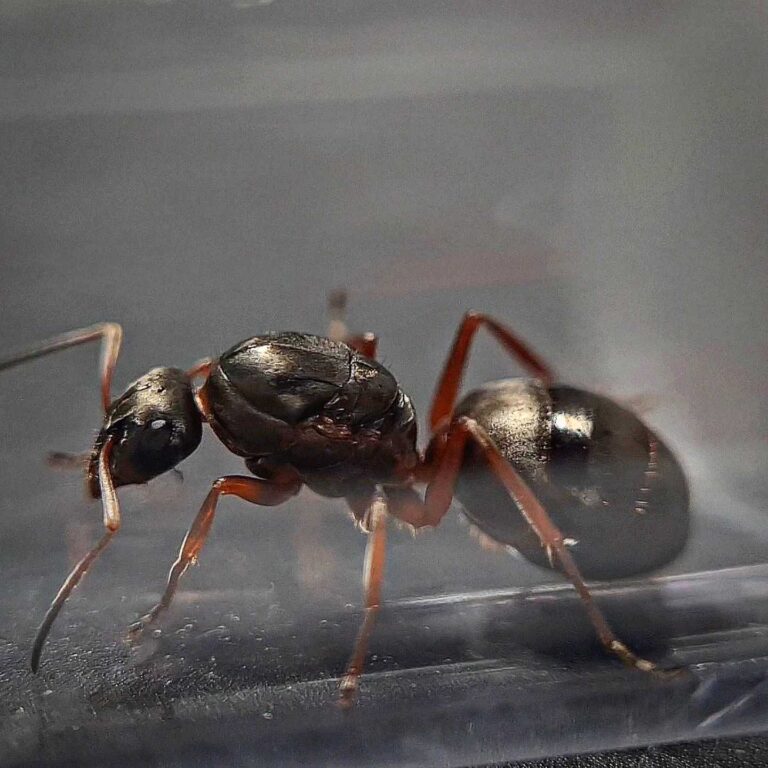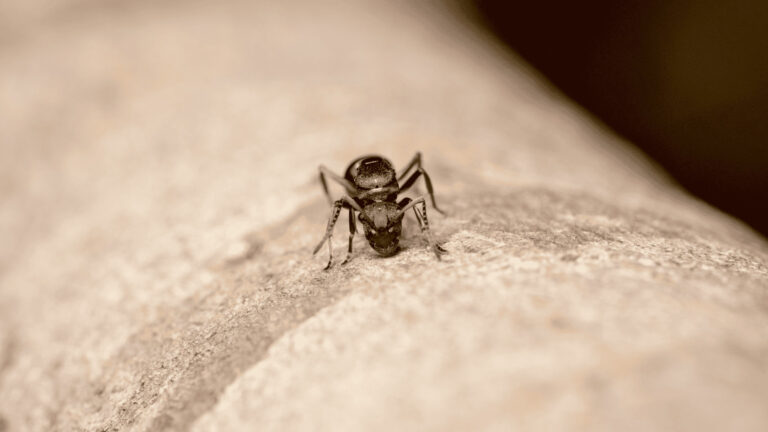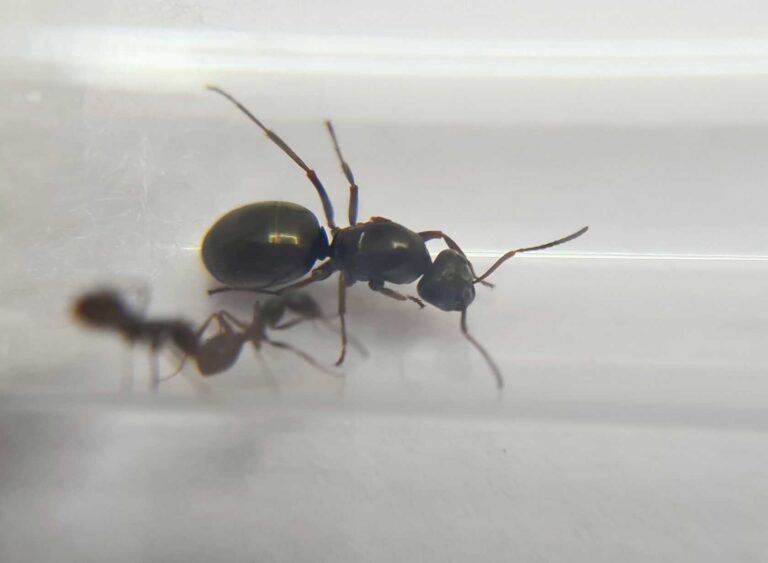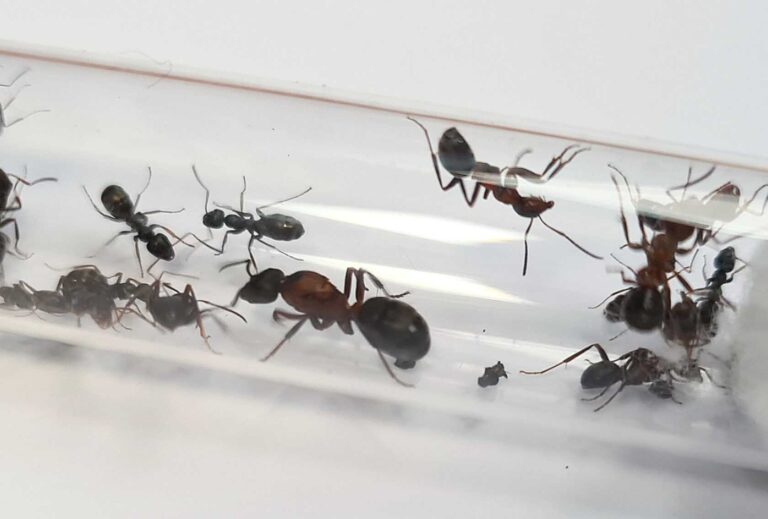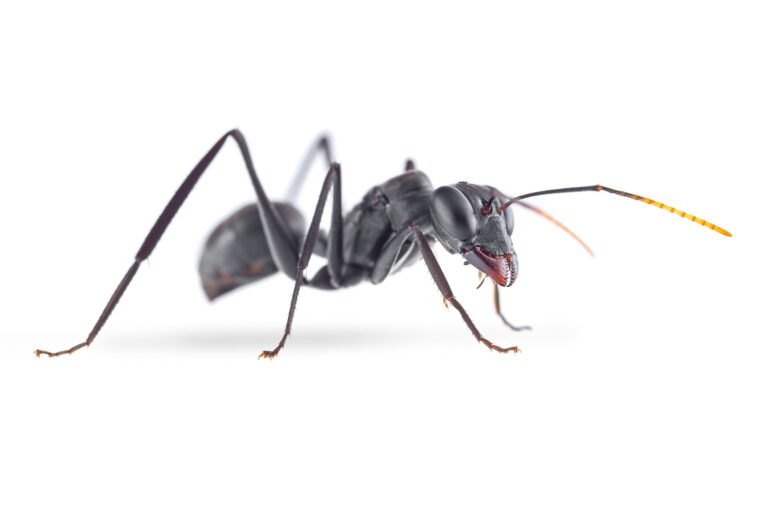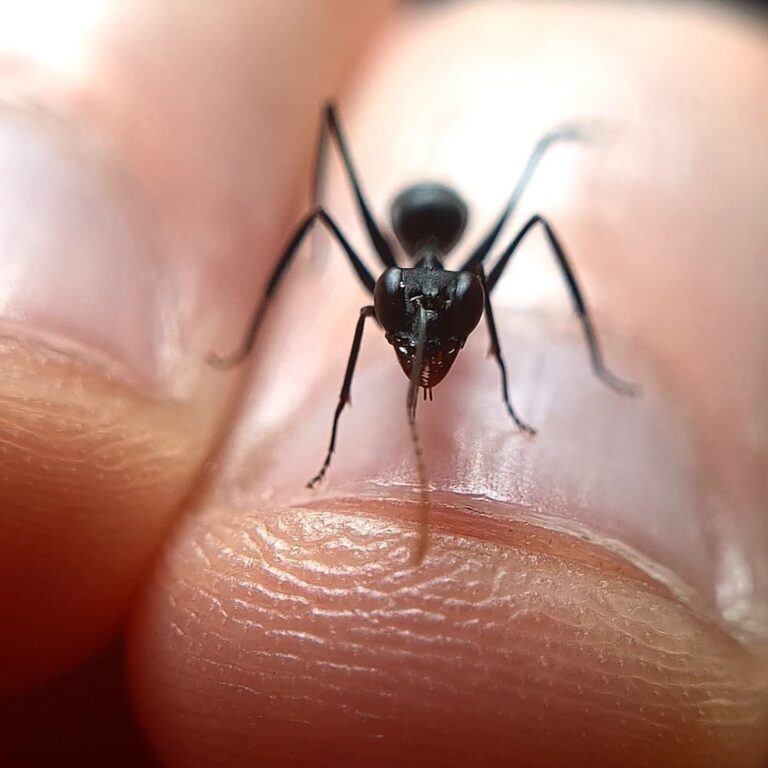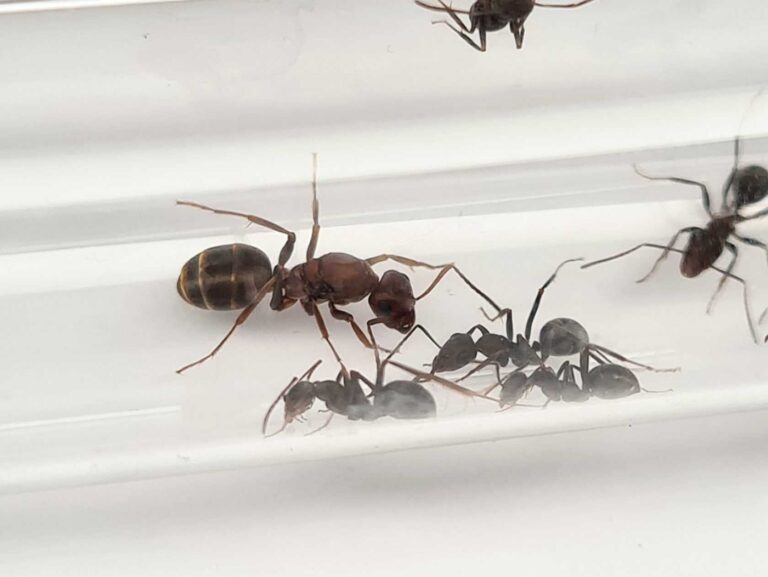Showing 81–100 of 159 results
- Queen 155
- Queen and 1-50 workers 2
- Queen and 1-3 workers 152
- Queen and 4-10 workers 153
- Queen and 11-20 workers 153
- Queen and 21-40 workers 153
- Queen and 41-60 workers 152
- Queen and 61-100 workers 90
- Queen and 51-100 workers 2
- Queen and 101-200 workers 8
- Queen and 201-500 workers 4
- Queen and 501-1000 workers 2
- 2 Queens 15
- 2 Queens and 1-3 workers 15
- 2 Queens and 4-10 workers 15
- 2 Queens and 11-20 workers 15
- 2 Queen and 21-40 workers 13
- 2 Queens and 41-60 workers 14
- 2 Queens and 61-100 workers 8
- 2 Queens and 101-200 workers 2
- 2 Queens and 201-500 workers 1
- 3 Queens 5
- 3 Queens and 1-3 workers 6
- 3 Queens and 4-10 workers 6
- 3 Queens and 11-20 workers 6
- 3 Queens and 21-40 workers 6
- 3 Queens and 41-60 workers 6
- 3 Queens and 61-100 workers 4
- 3 Queens and 101-200 workers 2
- 3 Queens and 201-500 workers 1
MicroMicro 13
SmallSmall 62
LargeLarge 73
HugeHuge 14
Carebara vidua is a monogynous ant species with colony sizes of up to 500,000 workers. They have a medium development speed and their queen measures 13-16 mm while workers are 1,5-3 mm in size. These black ants require a diet of insect food, syrup, fruits, vegetables, jelly, and cooked chicken without salt. They thrive in an arena with humidity levels between 60-80%.
The Cataglyphis aenescens is a polygynous ant species with colony sizes of up to 5000 workers. They have a fast development speed and come in different sizes, with queens measuring 10-12 mm and workers ranging from 4-9 mm. The ants are black in color and their nutrition includes insect food, syrup, fruits, vegetables, jelly, and cooked chicken without salt.
The Cataglyphis arenarius is a polygynous ant species with colonies of up to 5000 workers. They have a very fast development speed and come in sizes of 9-11mm for queens and 4-9mm for workers. They have a light orange color and their diet consists of food insects, syrup, fruit, vegetables, jelly, and cooked chicken without salt.
Cataglyphis bicolor is a polygynous ant species with colony sizes up to 5000 workers. They have a very fast development speed. The queen measures 9-11 mm, workers 4-9 mm, and majors 8-11 mm. They are reddish brown with a black abdomen. Their diet includes insect food, syrup, fruit, vegetables, jelly, and cooked chicken.
The Cataglyphis iberica is a polygynous ant species with colonies that can contain up to 5000 individuals. They have a very fast development speed. The ants vary in size, with the queen measuring 9-12 mm, workers measuring 4-11 mm, and majors measuring 8-12 mm. They have a black abdomen, back, and head that is dark red in color. Their nutrition consists of insect food, syrup, fruit, vegetables, and jelly.
Cataglyphis isis is a polygynous ant species with a colony size of up to 5000 workers. They have a very fast development speed. The queen measures 9-11 mm in size, while workers range from 4-9 mm. They are characterized by their red color and slightly yellow legs. Their nutrition consists of food insects, syrup, fruits, vegetables, jelly, and cooked chicken without salt.
Crematogaster jardinero is a monogynous ant colony with a size of up to 20,000 workers. They have a fast development speed and can reach sizes of 11-12mm for the queen and 5-6.5mm for the workers. They have a black body with yellow legs and their nutrition includes insect food, syrup, fruits, vegetables, jelly, and cooked chicken without salt.
Crematogaster rochai is a monogynous ant species with colonies of up to 20,000 workers. They have a fast development speed. The queen measures 12-14 mm and workers are 5-6.5 mm. Their head is orange or brown-orange, while the rest of their body is dark brown. They primarily feed on insect food, syrup, fruit, vegetables, jelly, and cooked chicken.
Diacamma bispinosum is a gamergate ant species with a colony size of up to 800 workers. They have a medium development speed. The workers measure between 13-16 mm and have a black and gray color with a green tint. They are fed with insect food, syrup, fruits, vegetables, jelly, and cooked chicken without salt.
Diacamma rugosum, also known as the Gamergate Ant Colony, is a captivating ant species known for its unique colony structure and large size. These ants do not have a traditional queen but are led by a gamergate. This overview provides information on their characteristics, care requirements, and recommended habitats.
Dorymyrmex pogonius is a monogynous ant species with colony sizes of up to 5000 workers. They have a slow development speed and the queen measures 9-10 mm while workers measure 4-6 mm. They are characterized by their black color with a red-orange flake. Their nutrition consists of food insects, syrup, fruit, vegetables, jelly, and cooked chicken without salt.
Summary: Ectomomyrmex astutus is a monogynous ant species with colonies of up to 500 workers. They have a medium development rate and the queen measures 12-13mm while workers measure 9-12mm. They are black in color and their diet includes food insects, syrup, fruits, vegetables, jelly, and cooked chicken without salt.
Ectomomyrmex leeuwenhoeki is a species of ant that has a polygynous colony type and a medium development rate. The queen ant measures 9-11 mm while workers measure 8-10 mm in size. They are black in color and require a diet of live insects and fruit. This ant species thrives in environments with 60-80% humidity and temperatures ranging from 21-29 °C.
Formica cinerea is a medium-sized ant species with gray coloration. They form monogynous colonies of up to 10,000 workers. They require a medium development speed and prefer a diet of insect food, syrup, fruits, vegetables, jelly, and cooked chicken. They thrive in humidity.
The Formica cunicularia ant species is monogynous and can grow up to a colony size of 10,000 workers. They have a medium development rate. The queen ant measures 8-11mm while the workers measure 4-6mm. They have a rusty chest color with a dark gray belly and head. Their diet includes food insects, syrup, fruits, vegetables, jelly, and cooked chicken without salt.
Formica fusca is a polygynous ant species with colonies of up to 5000 workers. They have a medium development speed and the queen measures 10-12mm, while workers range from 3-6mm. The ants have a black abdomen and a brown back with black spots. Their nutrition includes insect food, syrup, fruit, vegetables, jelly, and cooked chicken without salt.
The Formica lemani colony is monogynous and can have up to 10,000 workers. They have a medium development rate. The queen is 8-10mm in size, while the workers are 4-7 mm. They are uniformly black or brown in color. They feed on food insects, syrup, fruit, vegetables, jelly, and cooked chicken without salt.
Formica sanguinea is a captivating ant species with polygynous colonies that can have multiple queens. These medium-sized colonies contain up to 5000 ants, making them an interesting choice for ant enthusiasts. The queen ants measure 9-12 mm in length.
Gigantiops destructor is a monogynous ant species with a colony size of up to 300 workers. They have a medium development rate and the queen measures 13-15mm while the workers measure 10-15mm. They are black in color and their nutrition consists of food insects, syrup, and sweet fruit. They thrive in humid environments, with an arena humidity of 70-80% and nests at 70-90%.
Iberoformica subrufa, the Red-brown Ant, is a polygynous species known for its complex social structure. With multiple reproductive queens in a single colony, it exhibits a high level of organization and efficiency in various tasks.



